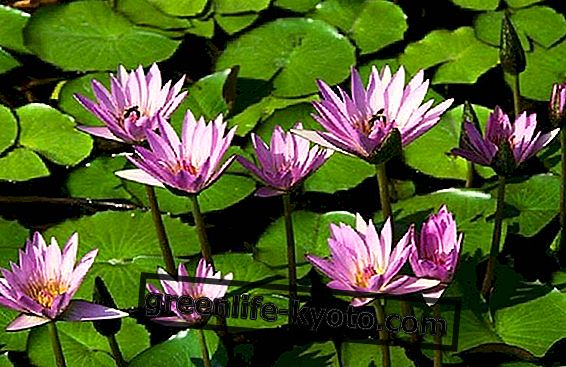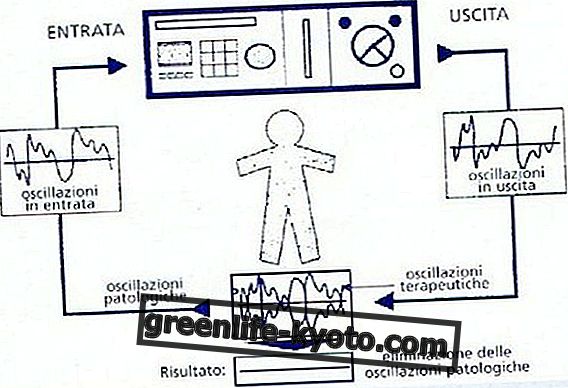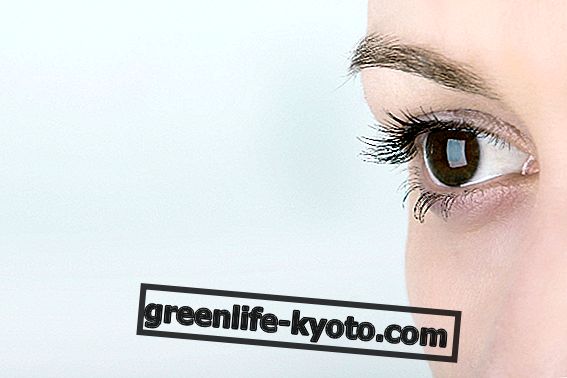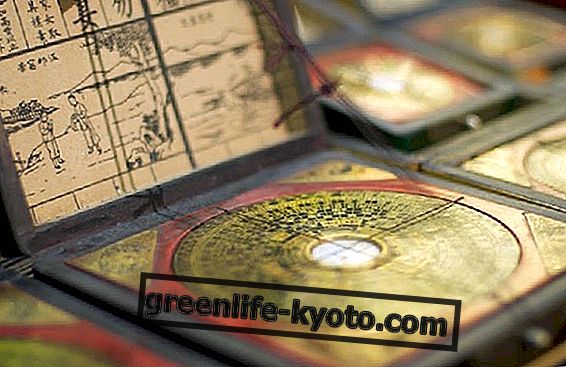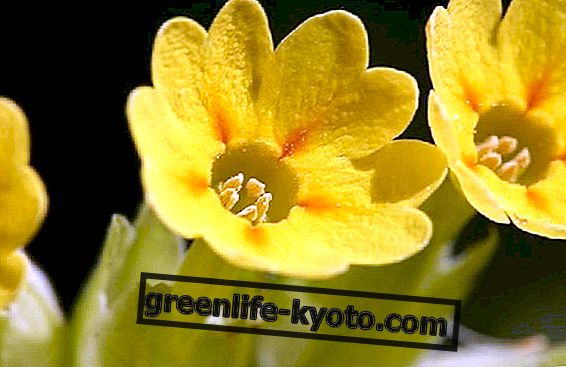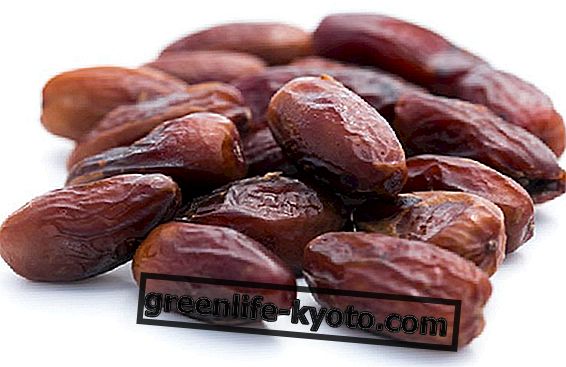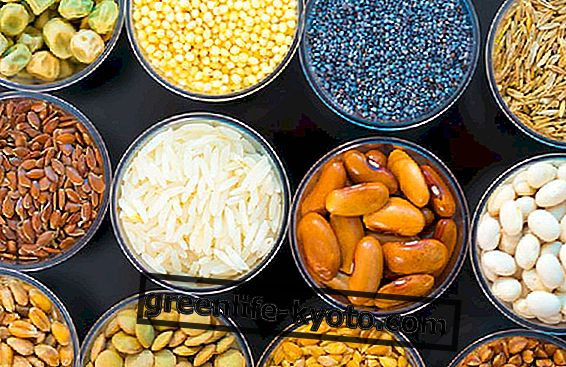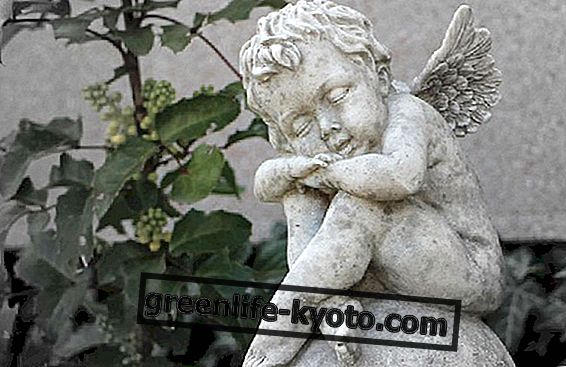
Curiosity: Melissa is also known as Cedronella, Limona Grass or Cedar Grass. In the tenth century the Arabs used it as a cordial and against melancholy. Lemon balm enters the composition of the "chartreuse" of the "bénédictine".
Lemon balm is one of the ingredients of the note "Anti-sister water of the Discalced Carmelites", a useful remedy for insomnia and nervous excitement.
A bit of history: the name Melissa comes from the Indo-European root "Mel", the same from which the term "honey" comes from. His is an ancient history, having been cultivated by many civilizations, such as the Arabs, the Romans, the French, who already knew the many healing properties. In Greek it means bee plant, to demonstrate the predilection these insects have for the plant. During the Middle Ages the lemon balm experienced a period of fame as a medicinal herb, in fact, Charlemagne had ordered its cultivation in the medicinal gardens of the kingdom .
Botany: Melissa is part of the botanical family of Lamiaceae (or Labiatae) which includes about 3, 000 species widespread in temperate areas and in the Mediterranean region. These are predominantly herbaceous plants, but suffrutics and small shrubs are not lacking. The young stems have a quadrangular section; the leaves are opposite, often verticillate or simple and without stipules. The inflorescences are formed by groups of more or less contracted peaks, united to form structures with appearance similar to spikes or more rarely to flower heads. The hermaphroditic and zygomorphic flowers have a gamosepal goblet and a gamopetal corolla, with the base of the petals welded into a tube that opens with an upper lip formed by two petals and a lower one formed by three petals.
Habitat: fresh soils, uncultivated from the plain to the mountain areas, around woods and along the hedges.
Useful parts: for therapeutic purposes, leaves and flowering tops are used (Melissae folia FUI IX)
Active ingredients : Essential oil (0.05-0.1%, produced from glandular trichomes) containing citronellal, citral aeb, eugenol acetate and geraniol, other mono and sesquiterpenes (beta-caryophyllene, germacrene D). Triterpene acids (ac.ursolic, ac.oleanol, ac.pomolico). Polyphenolic acids with glycosidic bond (acmarinic, ac.clorogenic, ac.caffeico, ac.ferulico, ac.protocatechico). Flavonoids (luteolin, luteolin 7-O-beta-D-glucopiranoside, apigenin 7-O-beta-D-glucopiranoside, luteolin-7-O-beta-D-glucuronopiranoside, luteolin 3'-O-beta-D-glucuronopiranoside, luteolin 7-O-beta-D-glucopiranoside-3'-O-beta-D-glucuronopira-noside, quercitroside, rhamnocitrina, isoquercitrina, cinaroside, ramnazine). Tannins ; polysaccharides .
Healing properties: antispasmodic, choleretic, emmenagogue, antibacterial, aphrodisiac, antacid, anxiolytic, sedative. Recently it has been shown that flavonoids and triterpenes also exert an antihistamine action. Rosmarinic acid, which is also present in other Lamiaceae, has an ANTI-TROIDIC ACTION by preventing the binding of the thyroid-stimulating pituitary hormone (TSH) with specific membrane receptors. The polyphenolic fraction and some essential oil components demonstrate instead a specific ANTIVIRAL ACTIVITY against Herpes virus. The essential oil has STOMACHIC AND CARMINATIVE PROPERTIES and also stimulates choleresis (biliary secretion) and diuresis, useful in case of indigestion, abdominal cramps and flatulence.
Therapeutic indications: Neurotonic states of adults and children. Anxious and anxious-depressive syndromes. Sleep disorders of nervous origin. Functional gastrointestinal disorders (gastrointestinal neuroses such as dyspepsia, aerophagia, flatulence, nausea, vomiting, gastritis, peptic ulcer, gastrointestinal spasms), small hepatic insufficiency, biliary dyskinesias. Painful manifestations of nervous origin (cardiac psychosomatisms such as palpitations, extrasystoles, tachycardia), vertigo, buzzing and psychogenic tinnitus originating from stress and emotions, headaches of nervous origin. Neurovegetative dystonia of menopause and premenstrual syndrome (dysmenorrhea), pain forms in general. Cold sores.
Contraindications and side effects of lemon balm : hypothyroidism; OE in excessive doses can cause stiffness and sleep with slow breathing, hypotension.
The pure essence of Melissa is considered an amazing but not very toxic and in small doses it causes torpor and slowing of the heart beats.
Applications :
- Fluid extract 15 drops 3 times a day
- Dry extract 200-300 mg 2 times a day
- Infusion of: Foenicum v., Citrus a., Genziana l., Melissa o., Valeriana o., Angelica a. - for aerofagia;
- Infusion of: Achillea m., Angelica a., Cinnamomum z., Matricaria r., Melissa o., Passiflora i., Vaccinum m. - for the treatment of colitis;
- Infusion of: Hypericum p., Hyssopus o., Melissa o., Rosmarinus o. - for the treatment of depression;
Bibliography - C. Di Stanislao, O. Iommelli, L. Giannelli, G. Lauro - "Comparative Phytotherapy" - Massa Editore
- " Encyclopedia of Phytotherapy" - Ed. Riza
- "Good herbs for health" - Ed. Giunti Demetra
- "Guide to Natural Medicine" - Selection Ed
- C. Monti - “Aromatic herbs and spices. Cooking, health and beauty "- Ed. Xenia
- "Nature & Health" - Ed. De Agostini
- "My flowers and my plants" - Alberto Peruzzo Editore- G. Pasqua et al. "General botany and plant diversity - II edition" - Piccin - Other sources: web
Giuseppe Annunziata
